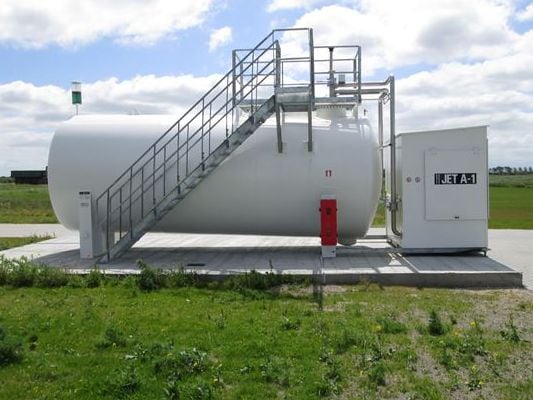Tank ladder and platform inspection
Inspecting tank ladders and platforms is a critical aspect of ensuring the safety and integrity of pressure vessels and storage tanks. These components not only provide access to the tank interior but also play a vital role in maintaining operational efficiency and compliance with international standards. Regular inspections are essential for identifying potential hazards, such as corrosion, cracks, or other structural issues that could lead to catastrophic failures.
During an inspection, it is crucial to assess both the integrity of the ladder and platform structure itself and any attachments like handrails, steps, and guardrails. The goal is to ensure these components are not only structurally sound but also provide a safe means for personnel to access hazardous areas within the tank.
The inspection process involves several key steps. Firstly, all visible elements of the ladder and platform must be inspected visually for signs of damage or deterioration. This includes checking the integrity of the metal structure, looking for cracks, rust, or other forms of corrosion. Secondly, non-destructive testing (NDT) methods such as ultrasonic testing, magnetic particle inspection, and radiography may be employed to identify internal defects that are not immediately visible.
Once the physical examination is complete, the findings must be thoroughly documented. This includes detailed descriptions of any anomalies observed during the visual inspection and the results of NDT procedures. The documentation should also include recommendations for repairs or further actions if necessary. Safety is paramount in this process; therefore, all personnel involved in the inspection must adhere to strict safety protocols.
When dealing with tanks that contain hazardous materials, additional precautions are required to prevent contamination and ensure worker safety. This may involve using appropriate personal protective equipment (PPE) and ensuring proper ventilation during the inspection process. The use of specialized equipment such as remote-operated vehicles or drones can also enhance the efficiency and accuracy of inspections.
Given the critical nature of these inspections, it is important to understand the standards that govern them. The American Society for Testing and Materials (ASTM) provides several relevant standards, including ASTM E2612-19, which covers visual inspection guidelines for storage tanks. Similarly, the American Petroleum Institute (API) offers specific recommendations in API RP 574.
| Standard | Description |
|---|---|
| ASTM E2612-19 | Visual Inspection of Aboveground Storage Tanks. |
| API RP 574 | Recommended Practice for Aboveground Storage Tank Inspections. |
The methodology used in tank ladder and platform inspections typically involves a combination of visual inspection, NDT techniques, and documentation. This approach ensures that all potential issues are identified and addressed promptly. By adhering to these procedures, we can guarantee the safety and reliability of pressure vessels and storage tanks.
Applied Standards
| Standard | Description |
|---|---|
| ASTM E2612-19 | This standard covers visual inspection guidelines for storage tanks, including the inspection of ladders and platforms. It provides detailed procedures on how to conduct a thorough visual examination to detect any visible signs of damage or deterioration. |
| API RP 574 | This document offers recommendations for aboveground storage tank inspections, which include the inspection of ladders and platforms. It provides guidelines on how to ensure that all critical components are in good condition and can be safely used. |
Scope and Methodology
The scope of a tank ladder and platform inspection typically includes a detailed examination of all accessible parts of the ladder and platform. This involves inspecting for any visible signs of damage, corrosion, or deterioration. Additionally, non-destructive testing (NDT) methods may be employed to identify internal defects that are not immediately apparent from visual inspections.
| Scope Item | Description |
|---|---|
| Visual Inspection | Involves inspecting all visible parts of the ladder and platform for signs of damage or deterioration. |
| Non-Destructive Testing (NDT) | Utilizes techniques such as ultrasonic testing, magnetic particle inspection, and radiography to identify internal defects not apparent from visual inspections. |
Quality and Reliability Assurance
- Compliance with international standards such as ASTM E2612-19 and API RP 574.
- Use of advanced NDT techniques to ensure the highest level of accuracy in defect detection.
- Detailed documentation of all inspection findings, including visual observations and results from NDT procedures.
- Regular training for inspectors to maintain proficiency and adherence to best practices.





